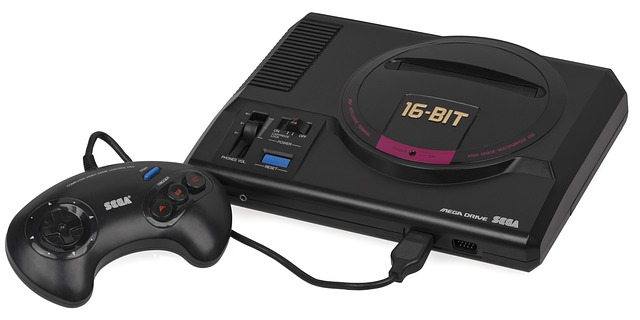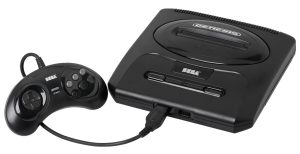Remember the thrill of coaxing a stubborn game back to life or mastering combos on a console long discontinued? Emulation allows us to relive those golden gaming moments, offering a digital resurrection for old favorites. Java, with its platform-agnostic nature, plays a pivotal role in making it possible.
Emulation digitally recreates gaming consoles or systems on different platforms, allowing us to experience classic games on modern devices. Imagine playing Super Mario 64 on your phone or battling friends in Street Fighter II on your PC—Java’s “write once, run anywhere” philosophy makes this a reality for emulator developers. Learn more about Java’s portability here: https://www.oracle.com/java/technologies/javase-overview.html
The Power of Java in Emulation
Java’s strength in emulation comes from its portability. Compiled Java code can run on any device with a Java Virtual Machine (JVM). This means an emulator written in Java can run on Windows, Mac, Linux, Android, and more without needing extensive modifications. Java’s “write once, run anywhere” approach allows emulator developers to reach wider audiences.
Beyond portability, Java boasts a vast community, offering a wealth of libraries and resources. Projects like JPC (a PC emulator) and Visual Boy Advance (a Game Boy Advance emulator) demonstrate Java’s capabilities. These emulators allow users to experience classics like The Legend of Zelda and Metroid Fusion on modern systems.
How Java Emulation Works
Java emulation relies on the JVM to interpret and execute bytecode. The bytecode interacts with an “emulation core,” mimicking the original hardware of the emulated system. This core handles everything from CPU and graphics processing to memory and input/output operations, ensuring faithful recreation of the gaming experience.
Exploring Java Emulation Projects
The world of Java emulation is filled with projects, from emulating consoles like the NES and SNES to arcade cabinets. Notable examples include NEScafe, a Java-based NES emulator, and SNES9x, a popular SNES emulator. These emulators allow users to play classics like Super Mario Bros. and Chrono Trigger on modern devices.
Beyond consoles, Java emulation extends to arcade games through projects like MAME4droid. This emulator brings arcade classics like Pac-Man and Galaga to Android devices, offering portable retro gaming experiences.
Challenges and Optimizations in Emulation
Developers face the challenge of balancing accuracy and performance in emulators. Accurate replication of console hardware can come at the cost of performance, especially on low-end devices. Techniques like just-in-time compilation and optimized bytecode interpretation help bridge this gap, ensuring smoother gameplay.
jEnesisDS: Bringing Sega Genesis to the Nintendo DS
Among Java emulation projects, jEnesisDS stands out, bringing the Sega Genesis to the Nintendo DS. This emulator allows gamers to experience Sonic the Hedgehog and Streets of Rage 2 on a handheld device. Despite challenges, the jEnesisDS team optimized the code for smooth gameplay, creating an iconic part of the DS homebrew scene.
The Impact of jEnesisDS
jEnesisDS garnered a following, opening the door for retro gaming enthusiasts to experience Sega Genesis classics on the go. Its user-friendly interface and impressive performance solidified its place in the DS homebrew community and beyond.
Preserving Gaming History, One Pixel at a Time
Java emulation plays a crucial role in preserving video game history, with projects like jEnesisDS allowing new generations to experience classic titles. As technology advances, the future of Java emulation promises even more accurate and performant ways to relive the games we love.
Dust off your ROMs, fire up your Java emulator, and embark on a nostalgic journey through the pixelated worlds of gaming history. Explore more about emulators and gaming preservation: https://www.emulationstation.org to keep our digital heritage alive, one pixel at a time.


